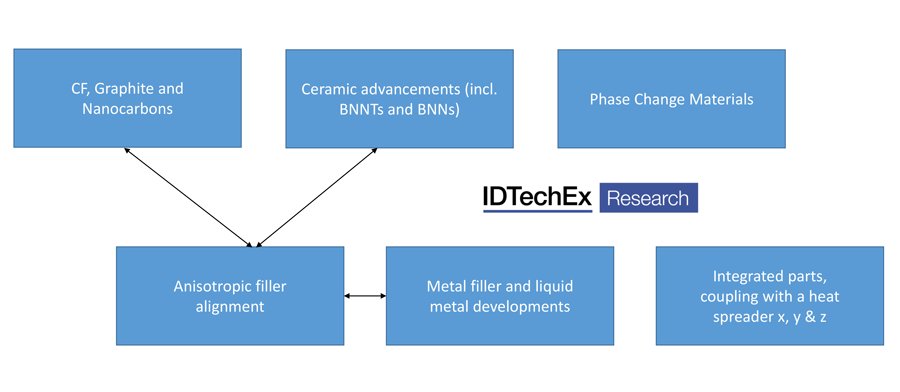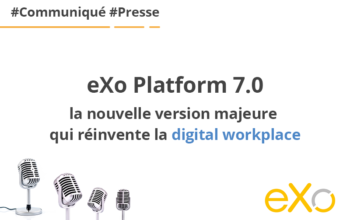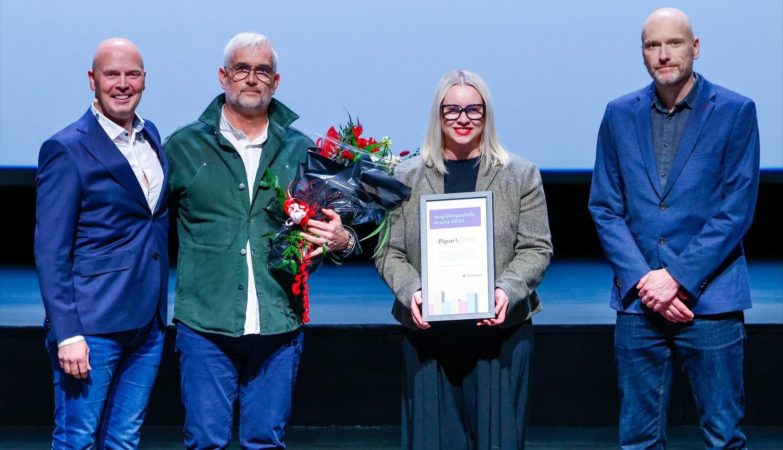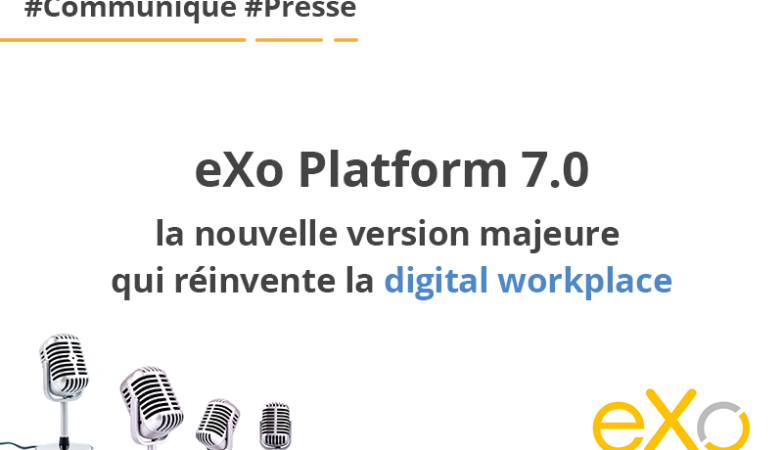Thermal management is one of the most important topics in a wide range of applications; from electric vehicle battery packs through to consumer electronics, there is a pressing need to dissipate heat efficiently. Thermal interface materials (TIM) come in numerous types and play a crucial role in the thermal transfer from a heat source. This article will look at what the major innovations are for these materials and why those developments are significant.
IDTechEx has carried out leading market research on the topic of thermal interface materials. Detailed analysis is provided on both the materials and a wide range of applications. The innovations for TIMs can be split into 3 main categories: High-volume applications, new emerging markets, and new material developments for higher performance.
High-volume markets
Nearly every major chemical and materials company is looking to position themselves to gain some market share within the electric vehicle supply chain; however, there remains are a large amount of turbulence as supply chains are formed, pack designs evolve, and production scaled-up. There is still no convergence in battery packs and a large amount of disruptive R&D coming to market, presenting both a threat and opportunity to the upstream suppliers.
Lithium-ion batteries will be the most significant market (in volume) for thermal interface materials (TIMs). TIMs will play an essential role in thermal management to connect the cells or modules to a heat spreader or heat sink; there is a large amount of corresponding market activity. The required thermal conductivity is approximately 3 W/mK which is relatively easy to achieve with ceramic-filled silicones or equivalent products; silicones are unpopular with the automotive industry, and there are many competing matrices looking to gain market adoption. Instead, the innovations here are not at a material-level but rather in achieving a high-throughput at low price. It has been regularly stated to IDTechEx that a target is to achieve 10 $/kg, which is an aggressively low TIM price.
IDTechEx expects the market to shift from predominantly gap pads to fillers over the next 10-year period in response to this demand. Gap fillers can be dispensed as a liquid allowing for a faster rate, easily modifiable distribution patterns, and typically in thinner layers. The challenges come in how the material is evenly dispensed and considerations around the cost of equipment plus its operation, maintenance, and lifetime.
New emerging markets
Technical developments are rapidly changing the world, and any significant new developments can often present new hardware deployment and, therefore, new TIM markets with specific requirements. There are many examples, including sensors for autonomous cars and data centers, but one of the most prominent is the rise of 5G.
Typically, these new markets do not need a dramatic improvement in thermal conductivity but rather some iterative improvement to existing products and formulations. The 5G revolution will see a large change in the infrastructure from base stations to the rapid emergence of small cells. IDTechEx has observed a range of targeted product launches from the likes of DOW, Laird, and Henkel for this industry generally falling in the 5-10 W/mK performance range. There are innovations to make them tailored to the market needs, but more important than any material improvements will be product positioning, establishing/expanding relationships, and the cost as these supply chains emerge.
New materials for higher performance
This is the area where most of the scientific innovation is. Here the developments usually come in the form of pre-formed pads targeting very higher thermal conductivities 20+ W/mK and with unique properties (such as a wide cyclable temperature range).
These typically find niche applications, such as supercomputers and satellites, before transitioning to mainstream industries such as in the most advanced consumer electronic devices.
IDTechEx has split these innovations into 6 categories that will be outlined in turn. These developments are seen from start-ups through to R&D divisions of very notable companies.
– Carbon fiber, graphite, and nanocarbons: One of the most exciting areas is the use of pitch-based carbon fiber, graphite, CNTs, and graphene. These have tremendous thermal conductivity but are also electrically conductive, which brings additional design considerations. There is a range of active companies, from Dexerials with their commercially established CF pad to Fujitsu R&D with some promising CNT announcements, and young companies gaining significant traction, such as Carbice.
– Ceramic advancements: Ceramics play a key role as a thermally conductive dielectric filler for TIMs. The challenge is driving the performance high enough so that designers do not need to turn to carbon or metal alternatives. There are improvements in the established products, from the likes of Showa Denko, but the most exciting innovation comes from the emergence of boron nitride nanotube (BNNTs) and nanosheets (BNNSs). These are the isoelectronic to their CNT and graphene counterparts and are beginning to gain some commercial traction with the likes of BNNT LLC, BNNano, and more.
– Metal filler and liquid metal developments: Metals are well-known additives and have maintained a consistent market share with obvious benefits and downfalls. There are still innovations driving this progression from the use of alternative metals, such as from the start-up Arieca, through to liquid metal developments from the likes of Indium.
– Anisotropic filler alignment: This links to the previous three examples but where the focus is on aligning fillers to enhance through-plane conductivity. This is with the aim of reducing the filler requirement for the same performance or increasing the overall z-plane thermal conductivity. There are numerous ways that this is being done depending on the filler, including flocking processes, initial growth mechanisms (in the example of VACNT forests), or advanced processes like the dielectrophoresis process being used by CondAlign. It should be noted that any aligned part is still at the limitation of the contact resistance between the TIM and the substrate.
– Phase change materials: Again, this is a very well-known class of materials but still bringing new products to market. There have been some developments in using these to house battery cells but also TIMs. One example here is Rogers expanding their HeatSORB product line to accommodate market demands.
– Heat spreader integration: This is the area of integrating a TIM (z-plane) with a heat spreader (x-y-plane) in a single product. Here we can also consider including insulative sheets (e.g., aerogels) if the heat needs to be channeled in a specific direction. IDTechEx has observed a group of companies offering these more integrated products, including very early-stage players like HyMet and SHT Smart High Tech.
For more information on all these innovations, the key players, and market potential, see the market report “Thermal Interface Materials 2020-2030: Forecasts, Technologies, Opportunities”. IDTechEx also have key thermal management reports on Electric Vehicles and 5G.
About IDTechEx
IDTechEx guides your strategic business decisions through its Research, Subscription and Consultancy products, helping you profit from emerging technologies. For more information, contact research@IDTechEx.com or visit www.IDTechEx.com.
Media Contact:
Natalie Moreton
Digital Marketing Manager
press@IDTechEx.com
Image Dropbox Link: https://www.dropbox.com/sh/fa8v9gpp50hkaeq/AACAHSC24G72youlR5GXX9Lya?dl=0
Social Media Links:
Twitter: https://www.twitter.com/IDTechEx
LinkedIn: https://www.linkedin.com/company/idtechex/
Facebook: https://www.facebook.com/IDTechExResearch








